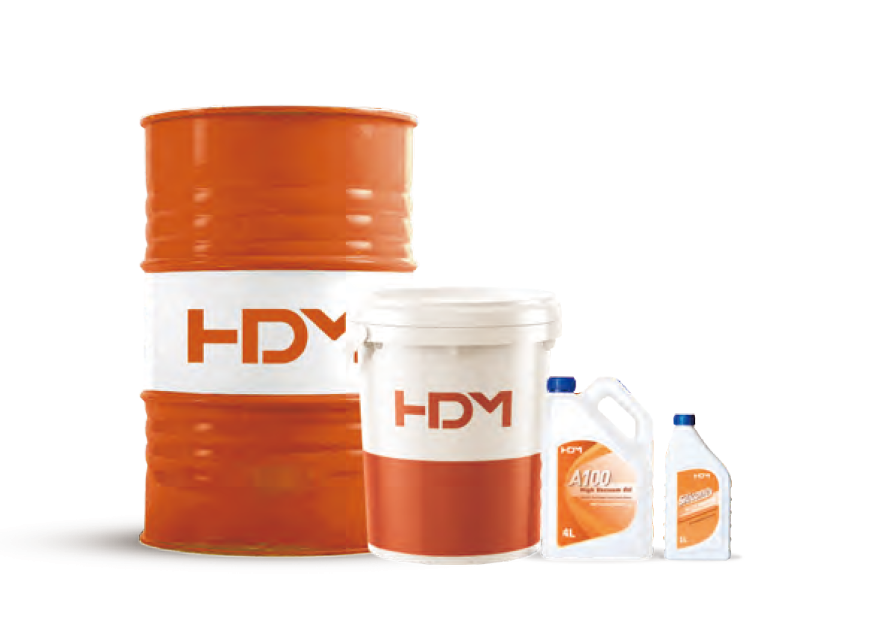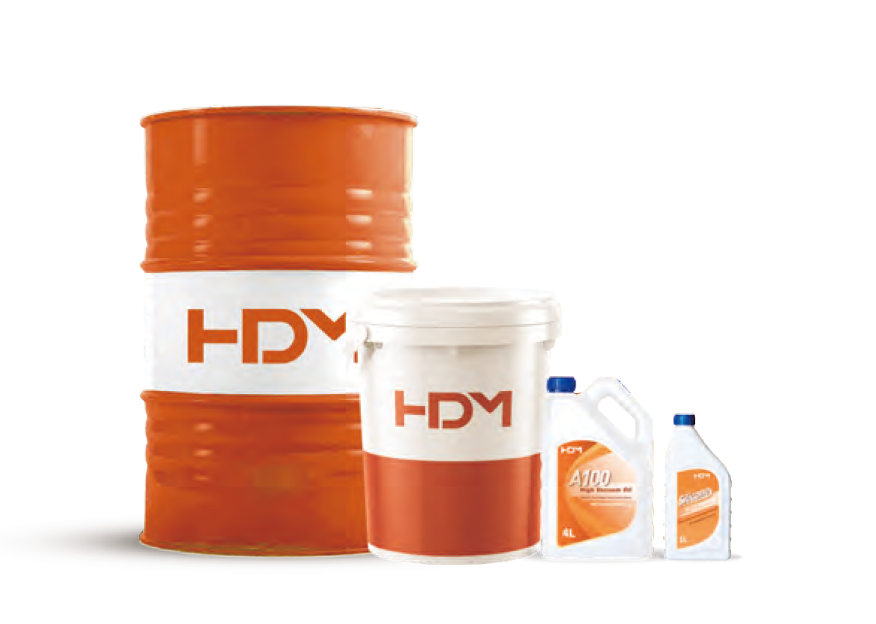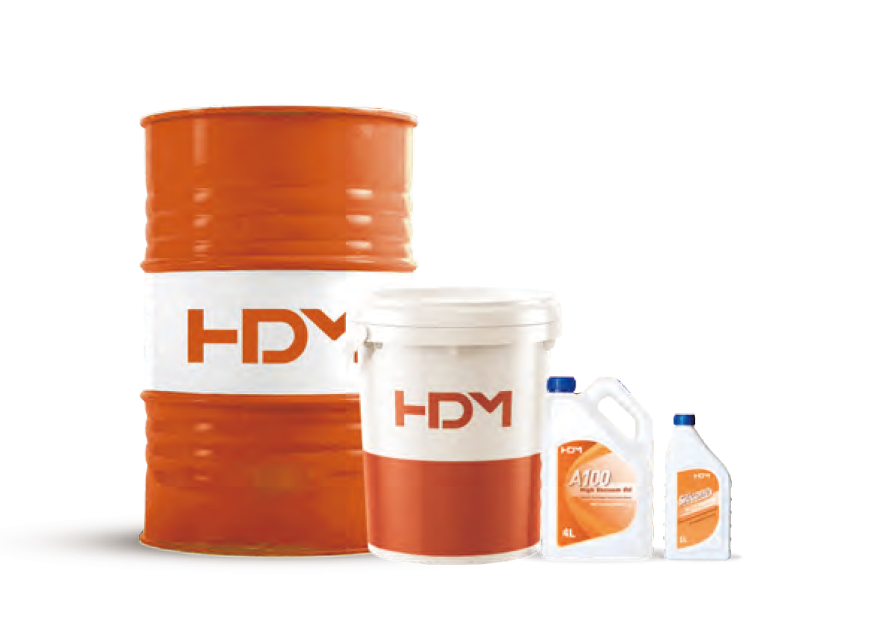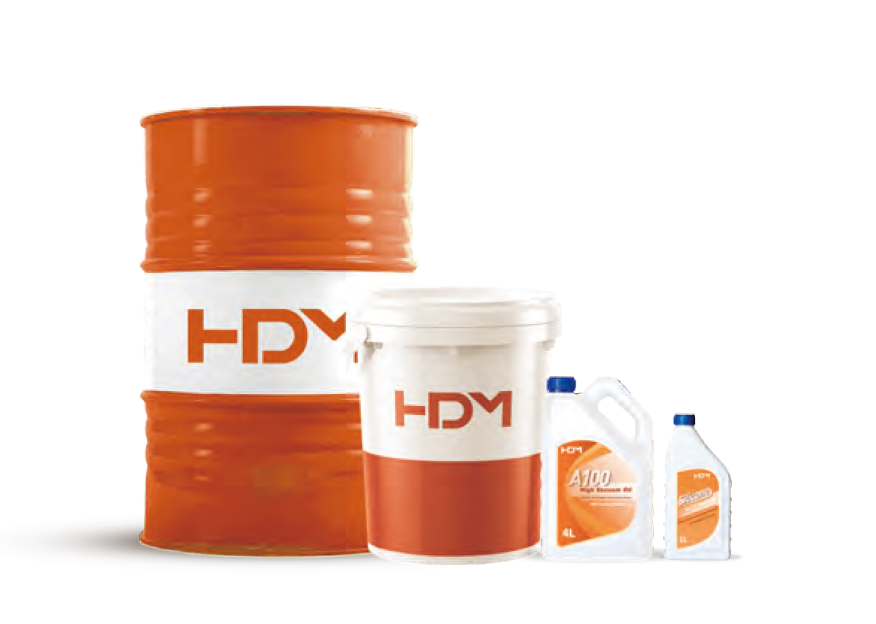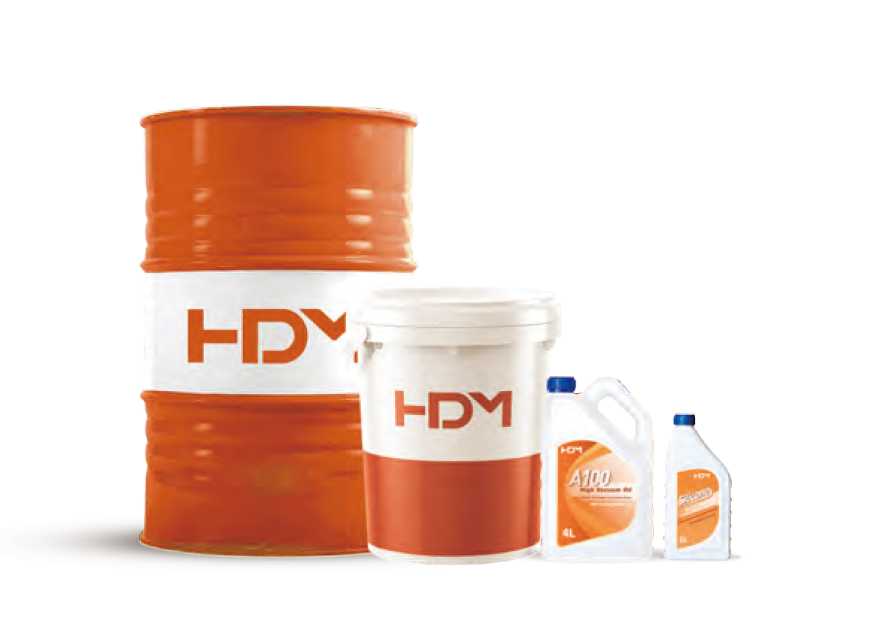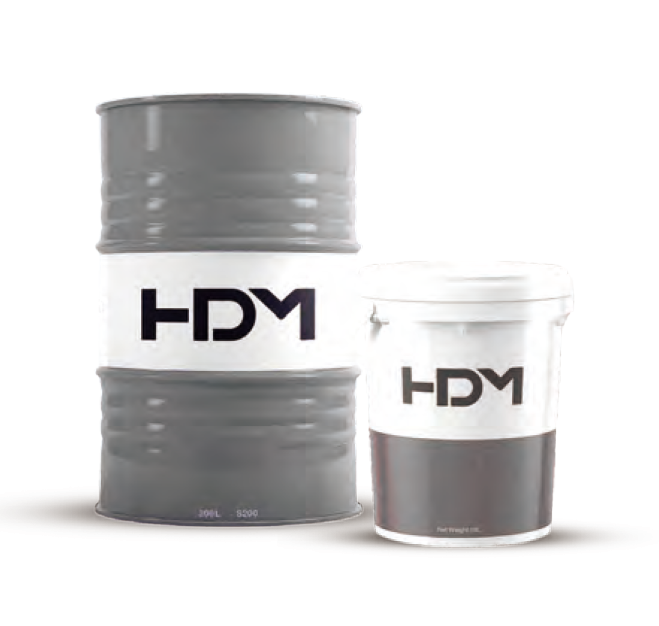Lubricants are more than just car engine oils; there are many different types, including metalworking fluids, transformer oils, gear oils, and hydraulic fluids. Solid and semi-solid fluid oils and greases are also used for lubrication.
Lubricant base stocks fall into three categories: mineral oils, which are derived from crude oil; synthetic oils, which are derived from synthetic ingredients; and semi-synthetic base stocks, which offer many of the benefits of synthetic oils.
Additives are mixed with base oil, and the combination, quality and quantity of additives and base oil determine the quality and performance of the finished lubricant.
Mineral oil
Mineral oil is made by distilling and refining crude oil. Its properties are largely determined by the quality and consistency of the crude oil being refined, as well as the refining process itself.
Mineral base oils are mixtures of rectified fractions produced by distillation under reduced pressure. It consists of hydrocarbons and trace amounts of hydrocarbons containing sulfur, oxygen and nitrogen. The distilled fractions are further purified by extraction and separation of waxes. Purification can be accomplished by hydrofinishing, which involves contact with hydrogen at high pressure and temperature in the presence of a catalyst.
Synthetic oil
The performance of a synthetic oil is entirely determined by its manufacturing process. Synthetic oils are free of impurities and generally have a higher viscosity and better oxidation stability than mineral base oils for better and longer lasting performance.
Semi-synthetic oil
Semi-synthetic oils are a blend of mineral and synthetic base oils and offer some of the benefits of synthetic oils.



